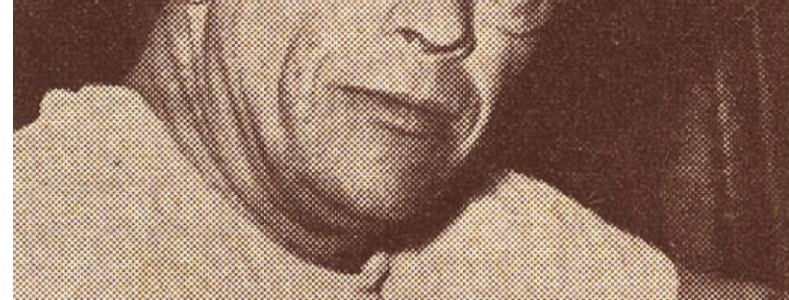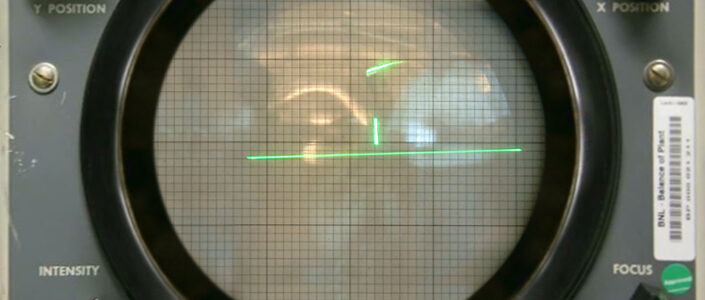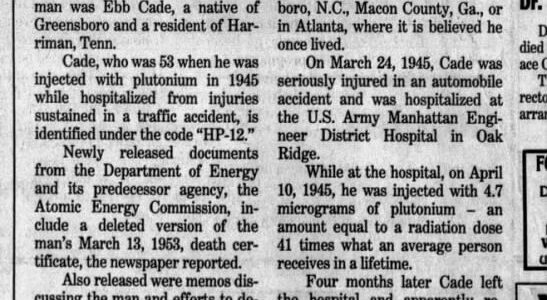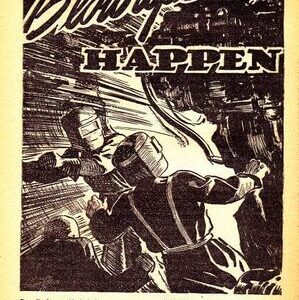En novembre 1942, le général Groves, par l’intermédiaire du Dr Albert K. Chapman, vice-président et directeur général d’Eastman Kodak, rendit visite au radiologue Stafford Warren de l’université de Rochester. Rochester, comme le MIT et Berkeley, était un autre endroit où la recherche sur les radiations avait réuni des physiciens et des médecins. « Ils voulaient savoir ce que je faisais dans le domaine des radiations. J’ai donc parlé du travail sur le cancer et d’autres choses », a déclaré Warren à un intervieweur dans les années 1960. Puis « nous sommes montés à l’étage, ils ont regardé dans le placard, ils ont fermé l’imposte et ils ont regardé par la fenêtre. . . . Puis ils ont fermé et verrouillé la porte et ont dit : « Asseyez-vous » »[22].
Peu après, le Dr Warren est nommé colonel de l’armée américaine et directeur médical du projet Manhattan. En tant qu’adjoint, Warren fit appel au Dr Hymer Friedell, un radiologue qui avait travaillé avec le Dr Stone en Californie. Entre-temps, le Dr Stone s’est installé à l’université de Chicago, où il jouera un rôle clé dans la recherche médicale liée au projet Manhattan.








